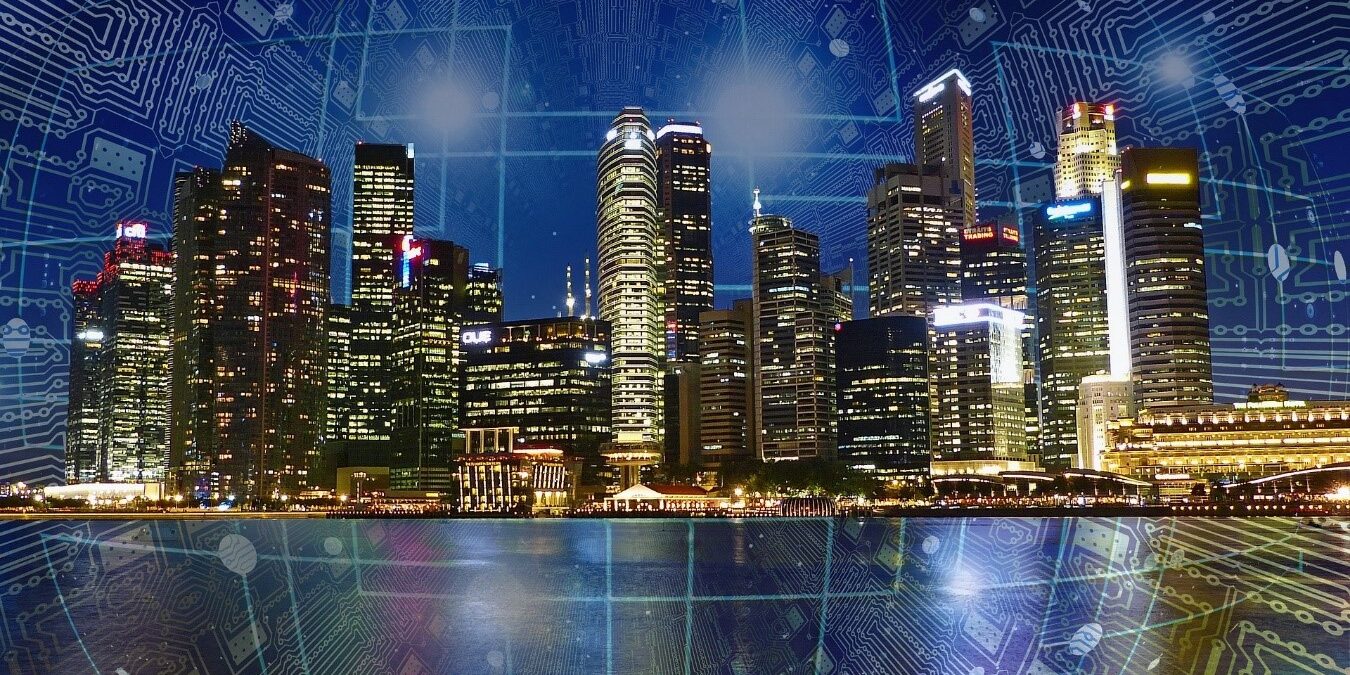Although now we hear more of this term Internet of Things, the first Internet-connected “thing” was created in 1982: it was a soda machine at Carnegie Mellon University in Pittsburgh, Pennsylvania, that reported the number and temperature of drinks it contained. Since then, Internet-connected “stuff” began to become more and more common.

But wait… What is IoT?
We can say that “Internet of Things” refers to a network of hardware devices that are integrated with software, sensors, and network connectivity to collect and exchange data. In this context we can say that IoT makes everyday objects “smart” by allowing them to transmit data and automate tasks, without requiring any manual intervention.
And... Why IoT it’s so important?
Easy… The Internet of Things allows systems to be detected and controlled remotely through the existing network infrastructure. This allows for greater integration between the physical world and computer-based systems, which in the long run results in greater efficiency, accuracy, and economic benefit.
The Internet of Things helps us among many other things to simplify the daily tasks we as human beings perform and to which many more things are added daily, the IoT has come with a very credible promise for workers and all people. Thanks to the automation of the tasks, it will increase the productivity of the companies, so the accomplishment of the tasks will be much easier. Other factors in the ecosystem are also working favorably, such as the evolution of affordable devices, the inevitable growth of the Internet and telecommunications, the continued implementation of data analysis and the advent of intelligent machines.

So, it’s undeniable that the IoT has arrived with a very credible promise for workers and all people in general. Thanks to the automation of tasks, it will increase the productivity of the companies, so that the accomplishment of the tasks will be much easier, as well as the comforts that it offers to the “home ” sector. Other factors in the ecosystem are also working favorably, such as the evolution of affordable devices, the inevitable growth of the Internet and telecommunications, the continuous implementation of data analysis and the arrival of intelligent machines.








